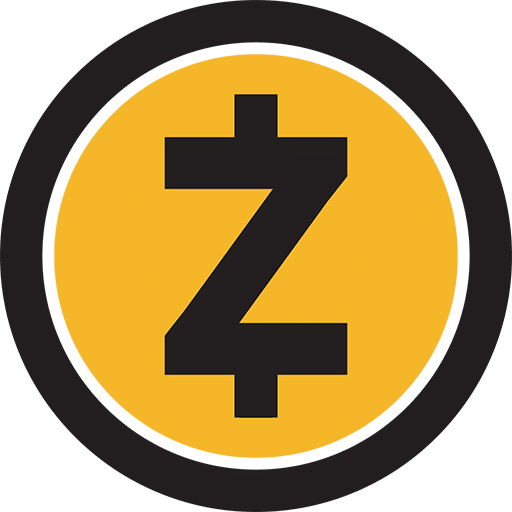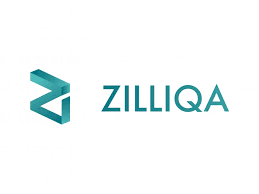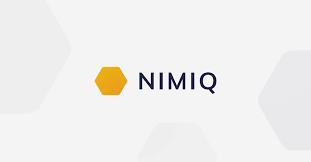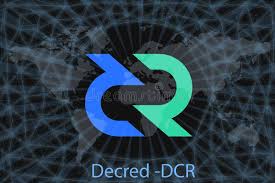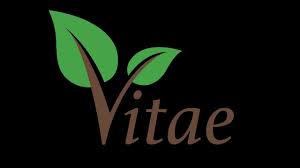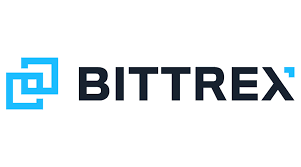Digital content has significantly influenced how people browse the Internet during the last 10 years. The number of films, photos, and music available to us now exceeds what we could consume in a lifetime. Due to the nature of the Internet, tracing digital property owners and ensuring fair revenue distribution to original producers have become increasingly challenging. In addition, centralized content providers charge you for your use via monthly subscriptions or the viewing of advertisements, and the money they gain isn’t always equitably distributed to the content producers. These are the primary issues that Elastos is attempting to address. A new sort of blockchain-based Internet is being developed by Elastos. Users will be able to trade digital material peer-to-peer thanks to the Dapp network they are creating. Individuals will have the capability to allocate identifiers to digital content and monitor their view counts. This process guarantees that the creator of the content obtains proper and total compensation.
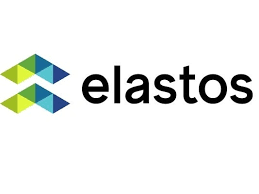
How it works
Elastos is adopting a novel strategy for how users access and trade content. They are creating a network of Dapps that can function off of a blockchain but are still supported by the technology. Instead, users’ operating systems (Android, iOS, or PC) will be the sole way to access these Dapps. To make this possible, Rong Chen, chairman of Elastos and a former employee of Microsoft, devised a design philosophy that is being used by Elastos. Chen’s major objective was to develop a platform that would allow services and apps to run without directly connecting to the Internet. This would shield them against viruses, hackers, and data breaches. The Elastos Smart Web was created subsequently by combining this theory with Blockchain technology.
Introduction to Elatos smart web
The 4 pillars of the Smart Web are:
Elastos blockchain
Elastos offers a decentralized web with a trustworthy ID for any device, person, website, and digital asset using blockchain technology.
Runtime
Runtime is an operating system that forbids applications and services from directly connecting to the Internet. Customers may use their PC or mobile device to run Elastos Runtime.
Carrier
A totally decentralized peer-to-peer platform is Elastos Carrier.
Software development kit
Dapps access their IDs and Elastos Carrier services on the Smart Web via the SDK.
Elastos smart web
Elastos prevents theft and unauthorized reposting of unmonetizable online content by establishing a decentralized app network disconnected from the Internet, safeguarding original owners’ interests. On the Smart Web, the Runtime feature establishes a closed environment for the storage, viewing, and monetization of digital material. ELA tokens are used in this controlled environment to pay for digital content access. Even limiting the number of copies that are permitted to circulate inside the Elastos ecosystem allows content providers to create scarcity. For instance, a writer may elect to limit the number of copies of their book on Elastos to 5,000. Due to the limited quantity, the price of the book rises as demand climbs. When a customer has completed reading a book, they may resale it to other customers and split the profits.
Token
ELA is the native token of Elasto. As with Bitcoin and its own Satoshi, the lowest unit of ELA is a satoshi ELA (SELA), which equals one 1000000000th of an ELA. The total number of ELAs that will ever be issued is 33 million, and the number of ELAs already in use will grow by 4% per year. A token for Elastos will be generated every two minutes by merge-mining with Bitcoin. The procedure by which an agreement is established on both chains concurrently involves merge mining. The ELA foundation will get 30% of the freshly created currencies, with the miners receiving the remaining 70%. Only one cryptocurrency exchange, Huobi Pro, allows for the purchase of ELA. It may be kept in the Elastos Wallet Pros and exchanged with the following currencies: BTC, ETH, and USDT.
Pros
More individuals are using Elastos because of the system’s revenue prospects for both producers and customers. Elastos can stop individuals from stealing and reposting material online so that the original owner cannot make money off of it or keep track of it. On the Smart Web, their Runtime feature establishes a closed environment for the storage, viewing, and monetization of digital material. Additionally, Elastos has a highly skilled technical staff and a group of advisers from established blockchain businesses (NEO, Bitmain, etc.).
Cons
The restricted environment of Elastos does not completely prevent content leaks. Users might still record material on their screens and publish it online. A means for Elastos to confirm that a piece of material belongs to the uploader before attaching their ID to it is also lacking. If many people disagreed about who was the rightful owner of music or film, there isn’t a clear answer for how such a problem would be handled. Remixes’ revenue-sharing structure is likewise unclear.
You can also find these articles helpful
Bitcoin vs Elastos
Advantages and disadvantages of Elastos
Everything you need to know about the ProBit exchange
